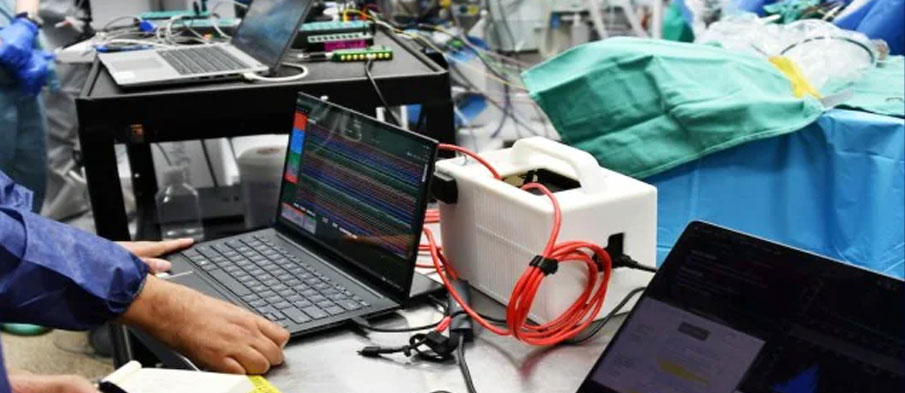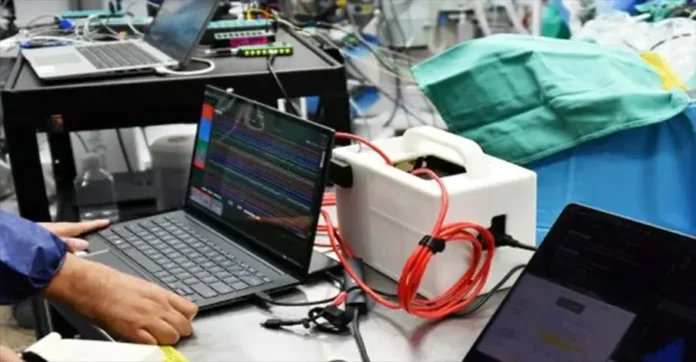
Neurotechnology startup Paradromics has successfully completed its first human brain implant, marking a pivotal moment in its mission to transform how neurological conditions are treated. The milestone comes after nearly three years of preclinical studies and positions the decade-old company as a serious contender in the rapidly advancing brain-computer interface (BCI) space.
On May 14, Paradromics implanted its Connexus brain-computer interface device into a human patient for the first time. The procedure, conducted during epilepsy resection surgery at the University of Michigan, lasted approximately 10 minutes. It was led by Dr. Matthew Willsey, with support from Dr. Oren Sagher and a multidisciplinary team of engineers and clinicians. The device was safely removed following the temporary implantation.
Founded in 2015 by Matt Angle, Paradromics is based in Austin, Texas, and is developing a BCI platform aimed at restoring communication abilities for individuals affected by ALS, strokes, or spinal cord injuries. The Connexus system is designed to translate brain signals into synthesized speech, text, and cursor movement, giving voice and interaction back to people who’ve lost the ability to communicate.
The trial device was implanted in a patient undergoing surgery for epilepsy, enabling researchers to explore how seizure activity influences brain signaling while simultaneously testing the interface’s functionality. This marks the first time Paradromics’ device has been tested in a human, following several years of animal trials, including in sheep. “We believe untreatable brain health conditions can become solvable technology problems,” says CEO Matt Angle, reinforcing the company’s vision for creating transformative medical technology.
BCIs, which create a direct pathway between the brain and external devices, have evolved significantly since the term was coined in 1973 by UCLA’s Jacques Vidal. The technology saw early milestones in the 2000s, including experiments at Duke University and with Matt Nagle, the first paralyzed human to use a BCI to control a computer cursor and prosthetic hand.
Paradromics now enters a competitive space that includes Elon Musk’s Neuralink, which has already implanted brain interfaces in three human patients as of April. While Neuralink has garnered mainstream attention, Paradromics’ progress represents serious momentum toward commercial viability. The company expects its devices will eventually retail for around $100,000.
Looking ahead, Paradromics plans to initiate a clinical trial later this year, pending regulatory approval, to study the long-term safety and efficacy of its BCI in humans. CEO Matt Angle previously shared with CNBC that the company hopes to receive commercial approval before the end of this decade.
As the race to commercialize brain-computer interfaces accelerates, Paradromics’ latest success underscores the potential of emerging neurotech solutions to reshape the future of healthcare and human-computer interaction.





